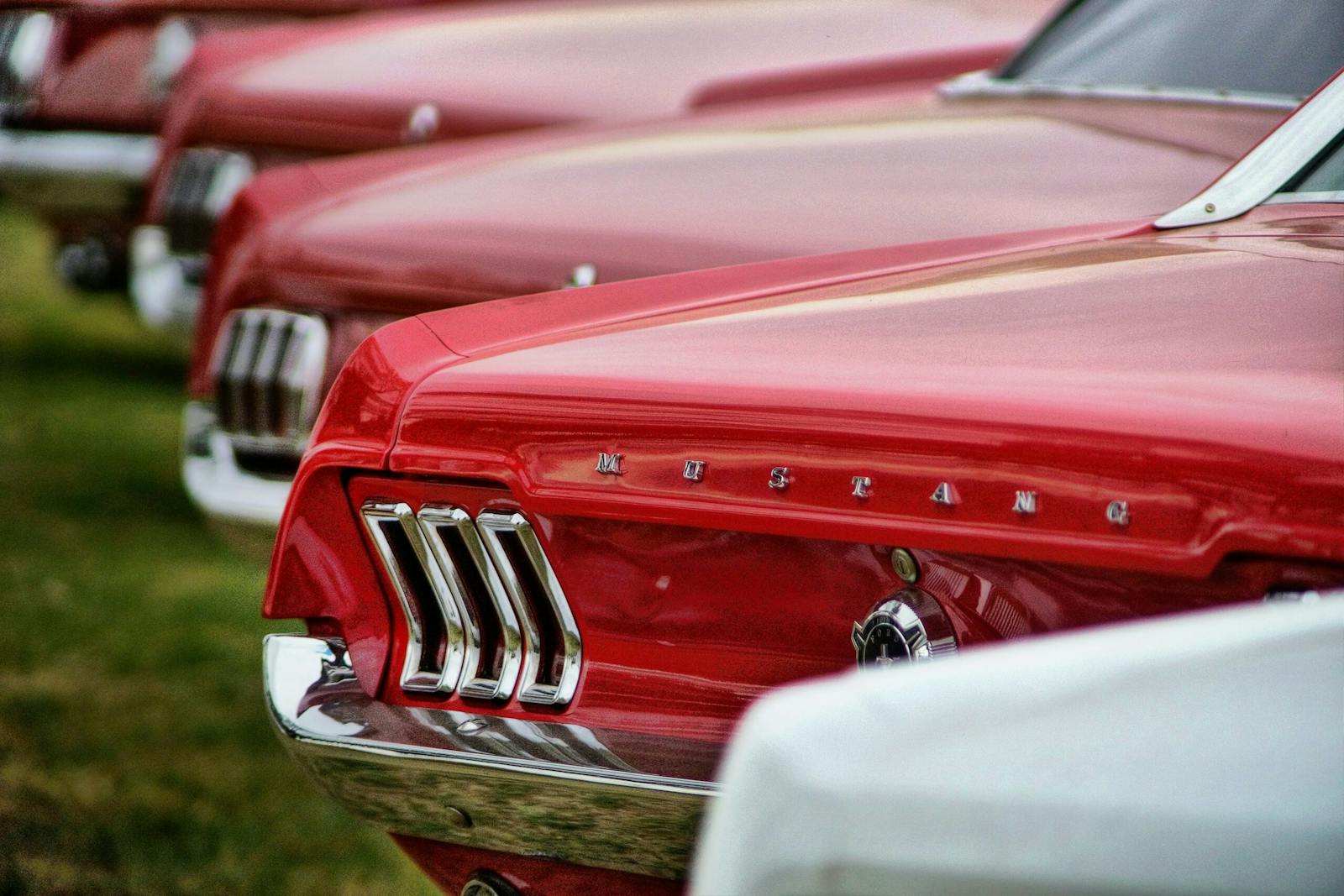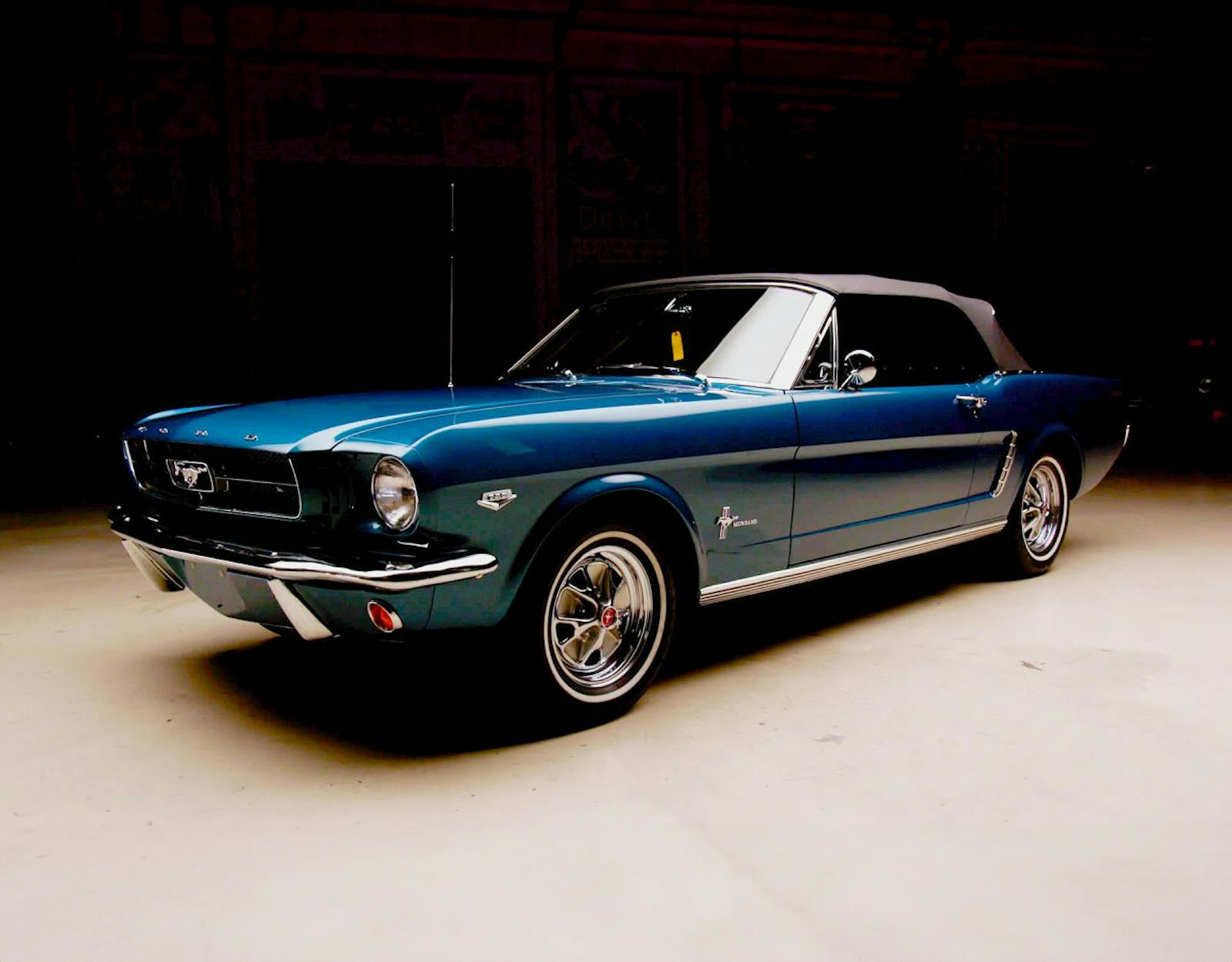Is the private market as hot as the auctions?

During the depths of the pandemic, when in-person auctions had all but shuttered, we often reminded readers that something like 90 percent of vehicles are sold privately. In other words, things in the classic car market weren’t so bad as they looked. Since then, auctions have returned to form and then some, boasting record prices, but the caveat about the private market remains in place—the vast majority of collector cars sell with no auctioneer in earshot. Only now that leads us to wonder, are things as good as they seem?
One of the reasons you don’t hear all that much about the private market, despite its size, is because it is, ahem, private. That is quite different from, say, the housing market, where purchases are a matter of public record. However, buyers and owners do share how much they think their car is worth with their insurance company, either when they call for a quote on a policy or if they call to adjust their policy up or down (“endorsement” in insurance speak). Since Hagerty is the largest provider of insurance for collector cars, we have a lot of this data. Said data can be fuzzy compared to an auction sale, first and foremost because we don’t have condition ratings on private vehicles. In aggregate, however, our insurance data can provide context to what we’re seeing at the auctions.
For the most part, what we see is a confirmation of the auction trends. From 2019 to 2021 average appreciation was 17 percent, compared to only 5 percent in the 2018–2020 time frame. That’s an acceleration of 12 percent. Tracking the change in appreciation rates for specific vehicles (below) we see even well-established collector cars, like the Ford Model A and Chevrolet Bel Air, picking up steam; newer collectibles like the Mercedes-Benz 560SL look just as hot on the private market as high-profile auction sales suggest. One surprise: The Datsun 240Z has slowed considerably (although note that it is still among the fastest appreciators).
Among the more heavily traded cars in that set above, appreciation in January 2022 indicates continued appreciation. Note, however, that the year is just getting started, and the private market is more seasonal than the live auction market.
As noted, one of the main limitations of the private sales data is that we aren't able to see vehicle condition. It's possible, for instance, that what looks like a slow down in 240Z appreciation is actually a bunch of mediocre examples hitting the market. One way to get a more apples-to-apples vehicle is to zoom in on repeat sales—vehicles that get taken off one person's policy and then reappear on another (or, at least, in a quote for a policy). Compiling a repeat sale index of private sales, and comparing it to the 12-month average price shows a market that has been pretty steady throughout the pandemic and that has leveled off in recent months. That's in contrast to the overall average price from private data, which is continuing to climb. It certainly paints a calmer picture of the market than what we saw in Kissimmee, Scottsdale.
With the Amelia auctions now in the books with good but not spectacular results, it seems the auction market is mirroring the slowing appreciation of the private market. More broadly, the takeaway is that the general appreciation we're seeing in the market isn't a magic wand that makes every car worth dramatically more than it was three years ago. Keep that in mind the next time you make an offer.

